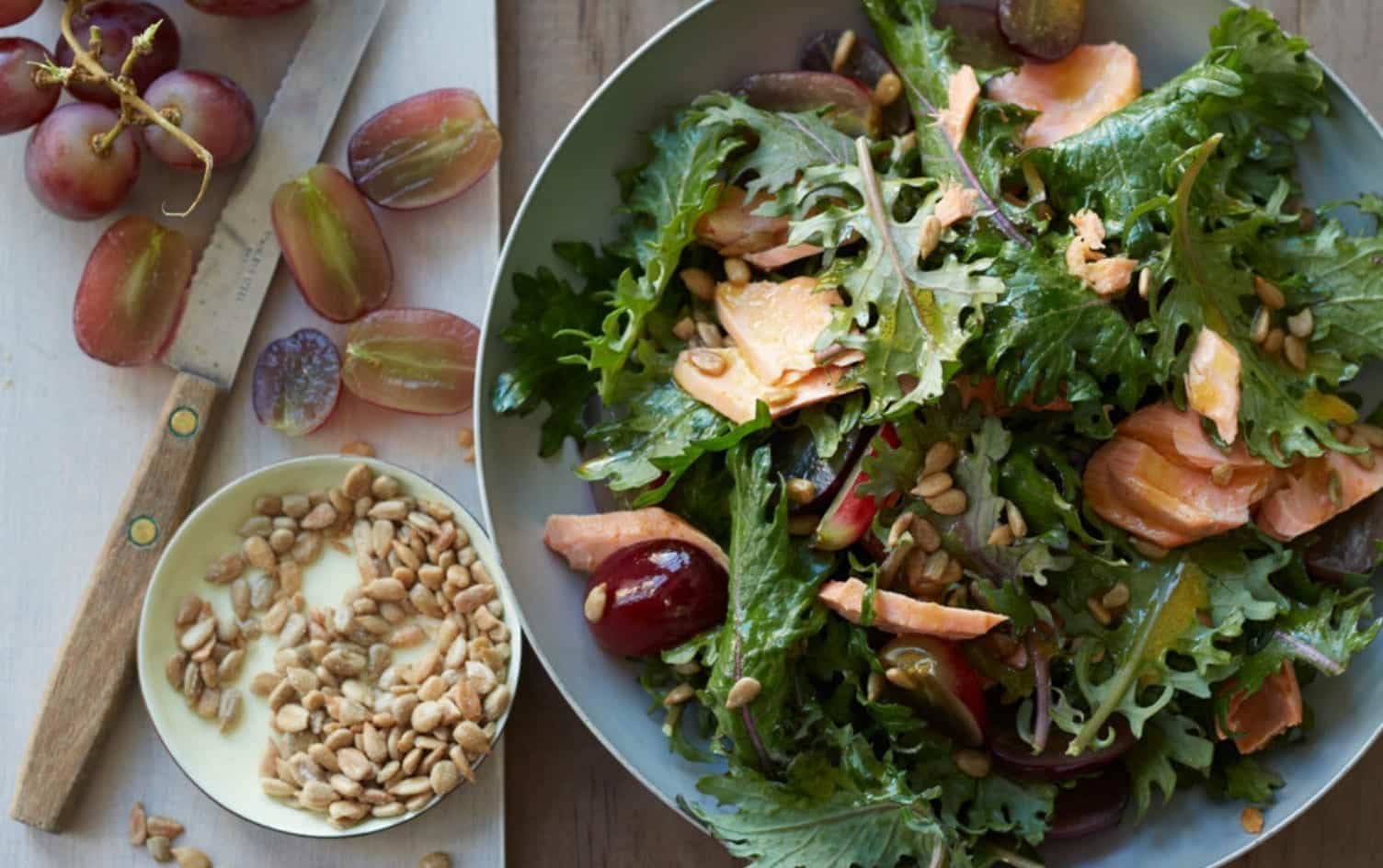The term plant-based is becoming more commonplace as people recognize the eating style’s health benefits, which include a lower risk of heart disease, Type 2 diabetes and better weight control. Plants also have a smaller carbon footprint, making them a sustainable choice for the environment.
Previous research found 39% of Americans were trying to eat more plant-based foods. Add to that the rise in popularity of products like the Impossible Burger and trends like meat-lite eating, and it’s safe to say the interest in a plant-based lifestyle continues to grow.
Despite the eating style’s buzzy status, there’s still a lot about plant-based eating people tend to misinterpret, nutrition experts say. Here are the biggest myths they encounter in their work with clients, and why they don’t hold true.

Many people see the term plant-based as a synonym for vegan, but that’s not necessarily the case. Whereas vegan diets eschew all animal products including eggs, fish and meat (and vegetarian diets can include eggs, but exclude meat and fish), “a plant-based diet doesn’t have to exclude animal-based foods,” says Aubrey Phelps, RD. “A plant-based diet simply means the emphasis is on lots of plants, with a potential sprinkling of animal products.” In fact, many people who follow a plant-based diet still eat moderate amounts of meat, fish, eggs and dairy, she adds.

People who are aiming to build muscle without gaining fat are often concerned about getting enough protein. However, “this myth stems from the idea that most plant proteins are not ‘complete proteins;’ in other words, they do not contain all nine of the essential amino acids necessary in the human diet,” explains Nancy Stamback, RD.
In fact, “there are plant-based sources of complete proteins out there like quinoa, buckwheat, soy, chia and hemp seeds, just to name a few,” says Stamback. But more importantly, it’s not necessary to get all nine essential amino acids from one food. It’s also not important to combine “incomplete” sources of protein to make a meal with complete protein, as was once thought, adds Stamback. “Eating a variety of protein-rich plant foods over the course of the day is sufficient for your body’s needs in obtaining all nine essential amino acids as well as getting enough protein.” As a good rule of thumb, Stamback recommends including a protein source at every meal and snack.

Those who prefer to eat low-carb or keto may assume plant-based eating is not for them. “This myth stems from the idea that you have to fill up on beans, lentils and grains to get the bulk of your calories and protein,” Stambeck says. “However, there are many low-carb options, such as cauliflower rice and zucchini noodles, that can be paired with your favorite protein.”
You can absolutely focus on higher amounts of protein and fat while still getting lots of fruits and veggies in your diet, Phelps adds. “Leafy greens, cruciferous veggies like broccoli and cauliflower, onions and berries are all low-carb, but high in fiber and nutrients. If you’re looking to go lower-carb, avoiding starchy vegetables like potatoes and corn and focusing on a variety of non-starchy vegetables is a great approach.”

“Many people believe they need meat to make them feel full, especially if they have grown up with this eating pattern,” says Joanna Foley, RD. In reality, eating plant-based may actually be more filling, if done right. “Eating plant-based is almost guaranteed to increase the amount of fiber one eats, since fiber is found in all plant foods,” Foley explains. “This can actually help promote better satiety since fiber is very filling.” Whether you eat meat or not, ensure your meals are balanced with adequate protein, fat and high-fiber carbs, Foley says, and you’ll be setting yourself up for hours of fullness.

You don’t need to buy pricey cashew cheese or meat substitutes to eat plant-based, points out Dafna Chazin, RD. “Go with the basics and buy in bulk,” she suggests. “Beans, brown rice, frozen veggies and seasonal produce are among the lowest-priced items in the store.” Also, consider swapping some of your pricier animal-based products (i.e., meat, cheese) for healthy fats such as seeds, nuts and avocados, recommends Chazin.




